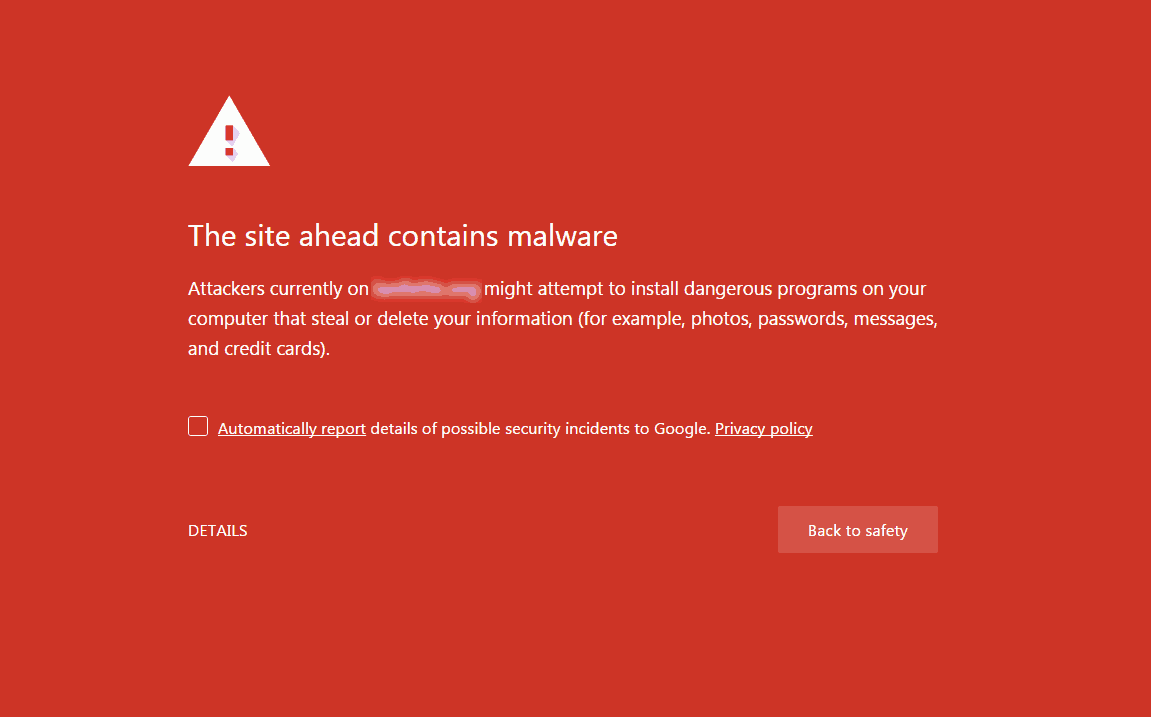Introduction
Is your WordPress website hacked? Don’t panic, but act swiftly to regain control and protect your online presence. This comprehensive guide will walk you through the necessary steps to fix a hacked WordPress website effectively. By following these instructions and implementing essential security measures, you can restore your compromised website and prevent future security breaches.

- Identify the Hack
The first step in fixing a hacked WordPress website is to identify the hack. Look out for common signs such as sudden slowdowns, unfamiliar content or links, unusual admin accounts, or a sudden drop in search engine rankings. Use reliable security plugins like Sucuri or Wordfence to scan your site for malware and vulnerabilities. - Isolate and Back up Your Website
To prevent further damage, isolate your hacked website from your server. Remove it temporarily or place it in maintenance mode. It’s crucial to create a complete backup of your website files, databases, and content before proceeding with any fixes. This backup will serve as a restore point if anything goes wrong during the recovery process.
- Change Passwords and Update Everything
Reset all passwords associated with your WordPress website, including your admin account, FTP, hosting, and any other relevant accounts. Ensure that you’re using strong, unique passwords for each account. Update WordPress, themes, and plugins to their latest versions, as outdated software can be vulnerable to attacks. - Scan and Remove Malware
Utilize security plugins or online scanning tools to thoroughly scan your website for malware and malicious code. These tools can help you locate and remove infected files, themes, and plugins. Additionally, review your website’s code, especially in the theme files, for any suspicious or unauthorized modifications. - Restore from a Clean Backup
If you have a clean backup available, use it to restore your website. Ensure that the backup is from a time before the hack occurred. Follow the instructions provided by your hosting provider or use a WordPress backup and restore plugin to safely restore your website’s files and database. - Strengthen Website Security
Prevent future hacks by implementing robust security measures. Consider using a reputable security plugin, enabling a web application firewall (WAF), and applying strict file permissions. Regularly update WordPress core, themes, and plugins. Remove any unnecessary themes or plugins from your website, as they can be potential entry points for attackers. - Change Security Keys and Salts
Reset your security keys and salts within the WordPress configuration file (wp-config.php). These keys add an extra layer of security by encrypting sensitive information in cookies and passwords. Generating new keys will invalidate any existing login cookies and force users to log in again, including potential hackers. - Monitor and Stay Vigilant
Stay proactive in monitoring your website for any suspicious activities. Set up security alerts or notifications to be informed about potential threats. Regularly check your website’s logs and keep an eye on your server resources. Consider investing in a website monitoring service to receive real-time notifications of any suspicious changes or unauthorized access attempts.
Conclusion
Fixing a hacked WordPress website may seem daunting, but with the right approach and tools, you can quickly recover and secure your online presence. By following the steps outlined in this comprehensive guide and maintaining strict security practices, you’ll be able to restore your compromised website and
